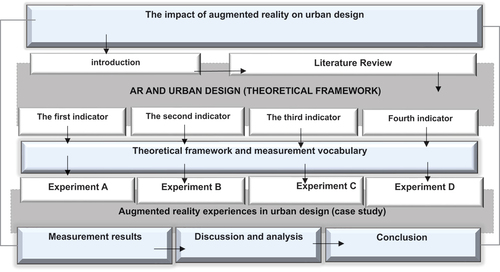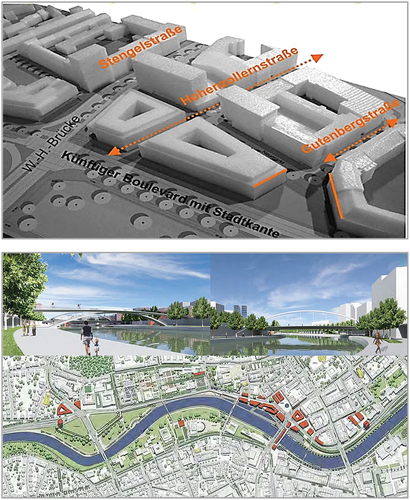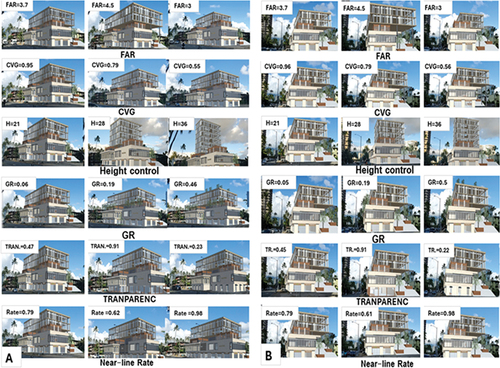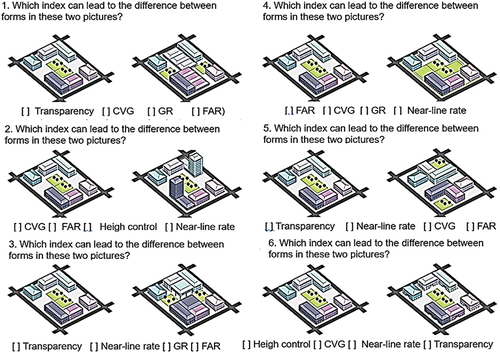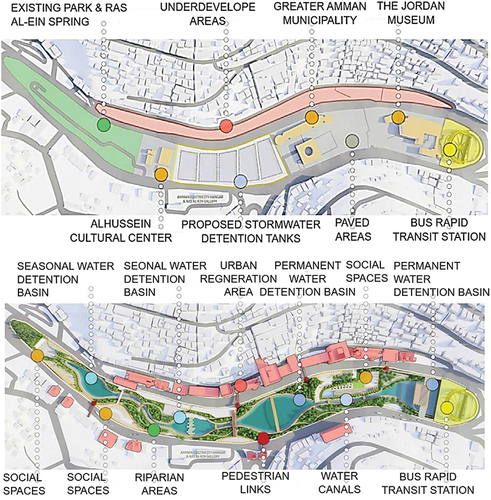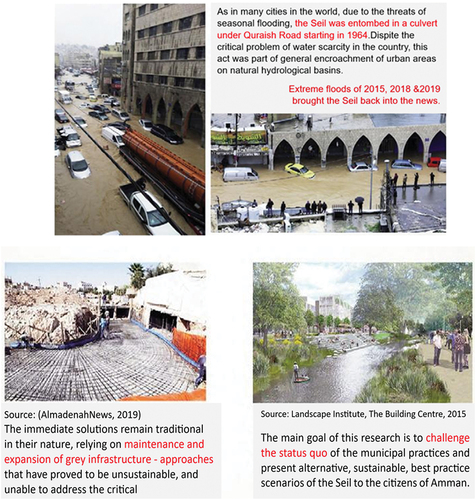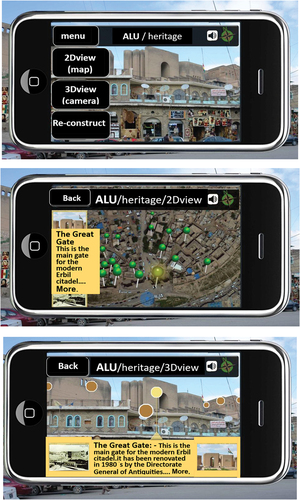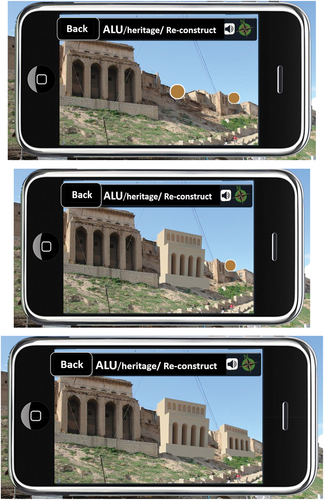Figures & data
Figure 2. (left to right) the nine stations in the (smart walk), 3D virtual images accompanied the virtual tour, the virtual 3D model of the pedestrian bridge integrating into real landscape.
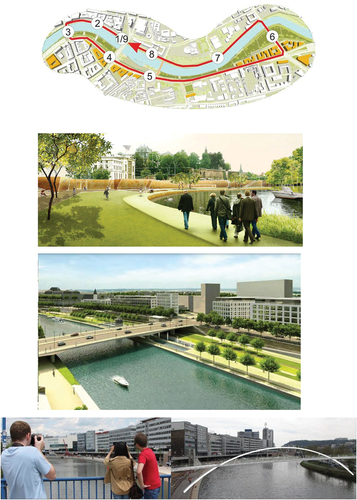
Figure 4. Using the alignment cube for placing the model on site, controlling the six indicator values through the user interface.
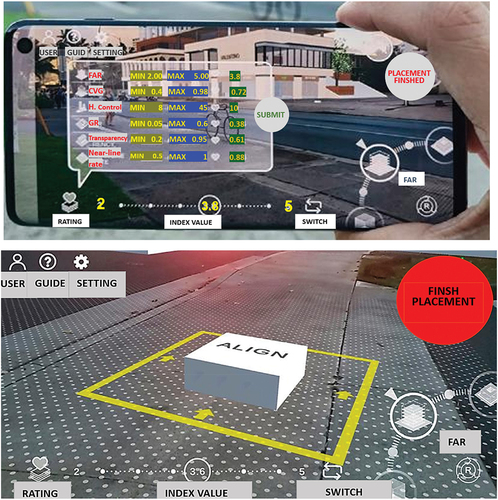
Figure 9. 3D model of the second scenario providing interactive buttons to display a 360-degree view for specific areas, 360-degree presentations of some key parts in second scenario.
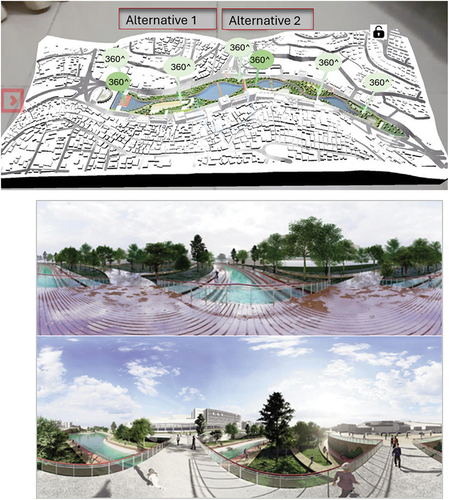
Figure 10. The main interface shows three buttons for three modes, the history mode shows abilities of selecting according to timeline, displaying a panoramic painting of an important battle.
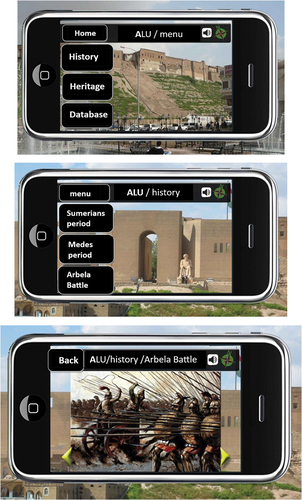
Table 1. Table of measurement.

